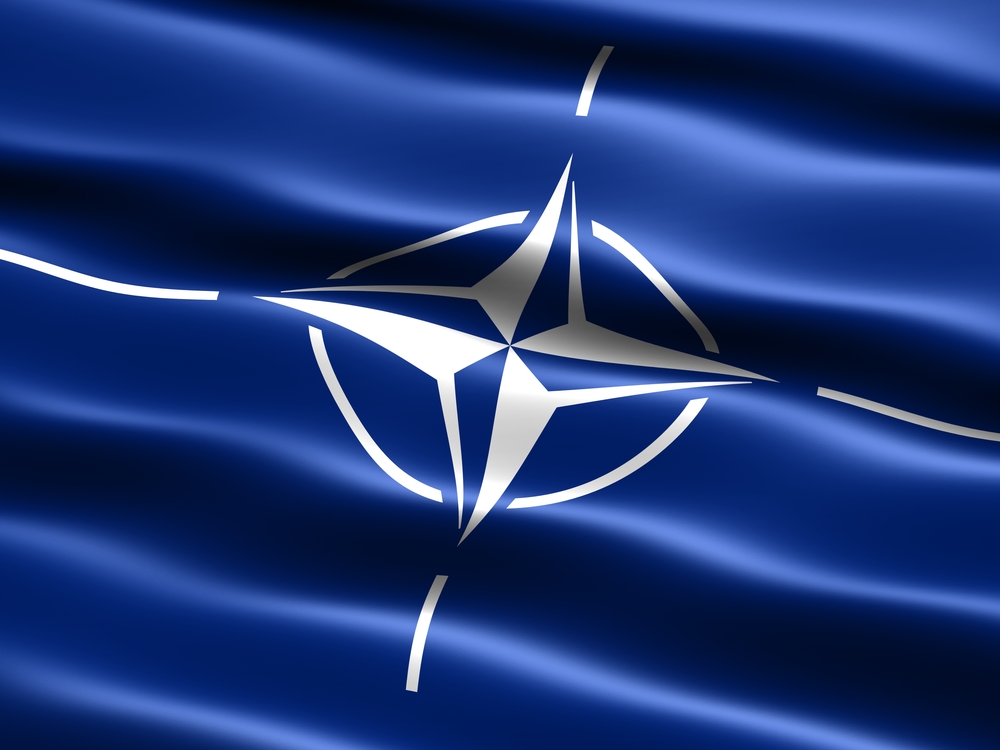
Six countries in the NATO alliance recently signed a memorandum of mutual understanding to cooperate on new concepts for a next-generation helicopter. At the June 16 meeting of alliance defense ministers, in Brussels, Italy, France, Greece, Germany, the Netherlands, and the United Kingdom have agreed to jointly commit 26.7 million Euro to develop the Next-Generation Rotorcraft Capability (NGRC) project. This is equivalent to $28 million.
As a matter of fact, the Netherlands are the most recent to join the NGRC program. The others had initially signed letters of intent as far back as late 2020. Also, Canada is set to observe.
In a statement, NATO said, “In cooperation with industry, the participants will start form a clean sheet to explore how to match their needs with the latest technology on the market, looking at options such as hybrid and electric propulsion, a systematic open system architecture and the delivery of radically improved flight characteristics.”
Col. Alex William is the UK future’s directorate capability sponsor of combat aviation. At the Eurosatory defense trade show he celebrated this initiative by explaining that progress in this field will definitely help to “define the requirements based against the threats that we’re going to be facing globally.”
Obviously, this is an important concern to measure.
He also expressed excitement for what will be one of the very first “clean-sheet-design aircraft.” Furthermore, he attests, NGRC has a major focus on transformation capability, as well as delivering an aircraft or an airframe or an open system architecture that is based on digital backbones. This, he says, will provide airmen and soldiers, alike, the ability to modify these aircraft in order to keep pace with any potential threats.
The countries involved with this project will now look at medium-lift helicopter limitations in range and speed. They will also analyze these aircraft’s ability to operate within an electronic warfare scenario, as well as a variety of other concerns; and then refine these elements over the next few years. The group envisions the test missions will include search and rescue, as well as assault, medical evacuation, and basic transportation.
